June 2020
/Full text: Tracy, D., Joyce, D., Albertson, D., & Shergill, S. (2020). Kaleidoscope. The British Journal of Psychiatry, 216(6), 349-350. doi:10.1192/bjp.2020.77
Read the full June 2020 Kaleidoscope column in BJPsych for free
Different clinical, behavioural and neuropathological patterns are seen in the dementias; our ability to subtype them has remained somewhat crude, but their secrets are beginning to unravel. Frontotemporal dementias are particularly heterogeneous, with behavioural, semantic variant primary progressive aphasia and non-fluent variety primary progressive aphasia types. Pathological protein folding and aggregation are common post-mortem findings, but there is considerable variation and they have typically limited correlation with clinical presentation. Neuroinflammation is another putative marker, and Bevan-Jones et al looked at differences in these three clinical groupings, comparing them with matched controls.1In vivo positron emission tomography (PET) explored activated microglia (via 11C-PK-11195), a broad neuroinflammatory marker, and a radioligand marker (18F-AV-1451) for non-amyloid-β protein aggregation. There was widespread uptake of both ligands across all groups, but the latter marker was significantly increased in temporal regions in semantic variant primary progressive aphasia. Semantic variant primary progressive aphasia and behavioural frontotemporal dementias also showed variation in spatial binding across the temporal and frontotemporal cortices. Post-mortem studies confirmed these findings and distinct patterns of neuroinflammation appear to map onto clinical variants. The data confirm the importance of inflammation in frontotemporal dementias, which co-occurs with pathological protein aggregation in symptomatic phases of illness, but might be an earlier marker in those who are asymptomatic. The question arises as to whether, with time, such investigations might facilitate more accurate diagnoses, and indeed offer tailored therapeutic targets for novel treatments.


